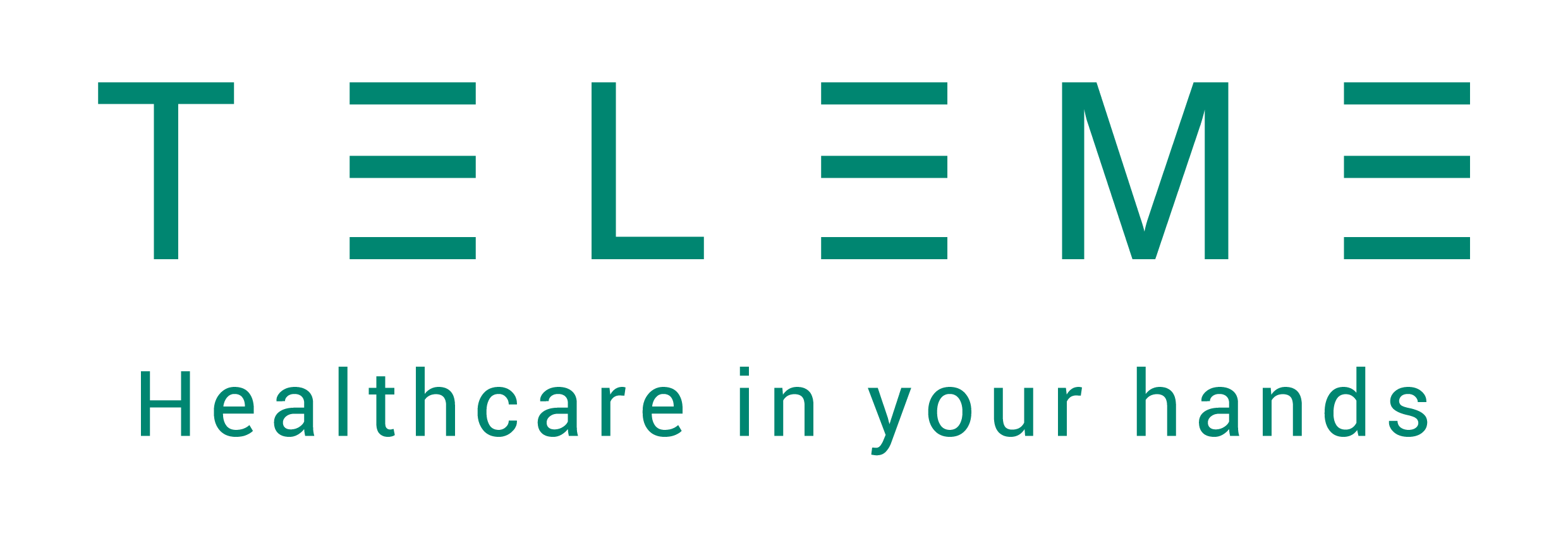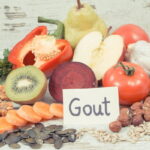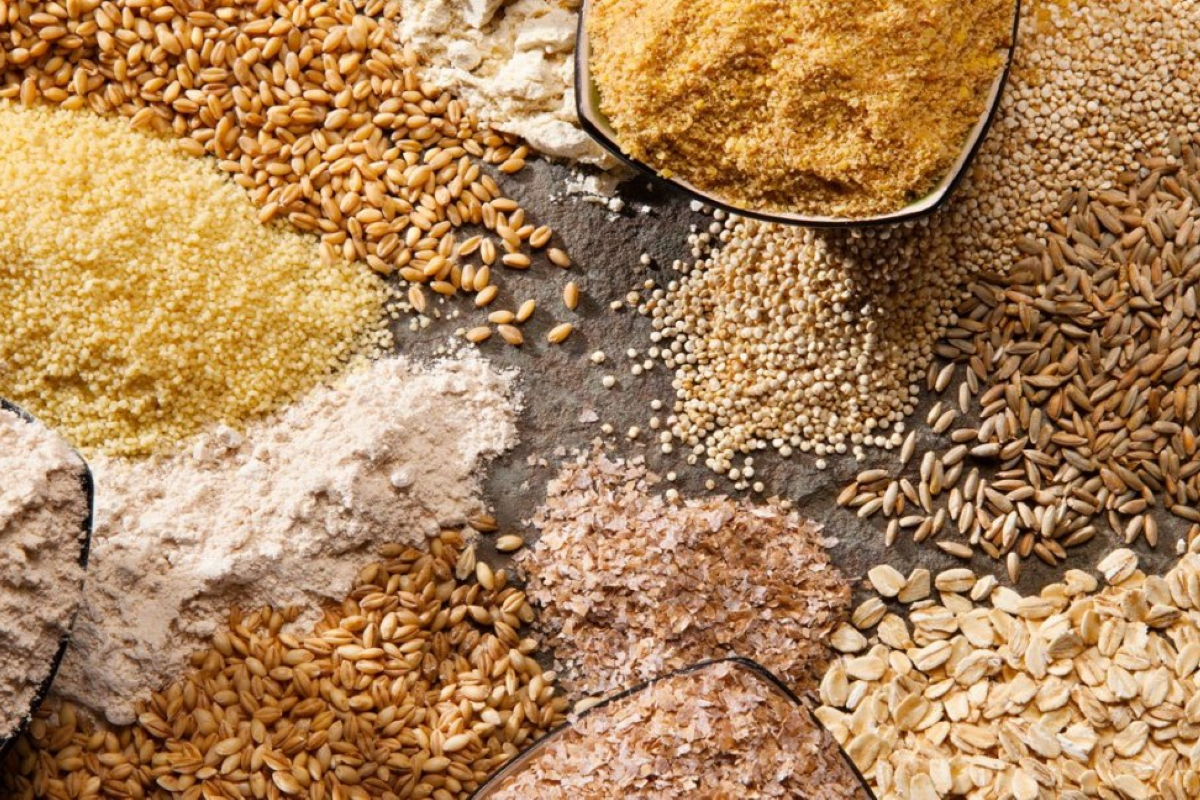
Healthy Eating Plate Series – How can we do better with Grains?
A healthy eating plate is a diet concept promoting the intake of complete and balanced nutrients in a meal or a day’s meal. The four equal portions of the healthy eating plate are fruits, vegetables, protein foods and grains. ‘Balanced’ refers to the availability of these nutrients in a proper proportion while ‘Complete’ refers to the availability of all nutrients our body needs everyday which are:
- Protein
- Carbohydrates,
- Fat, vitamins
- Minerals
- Fiber
- Water
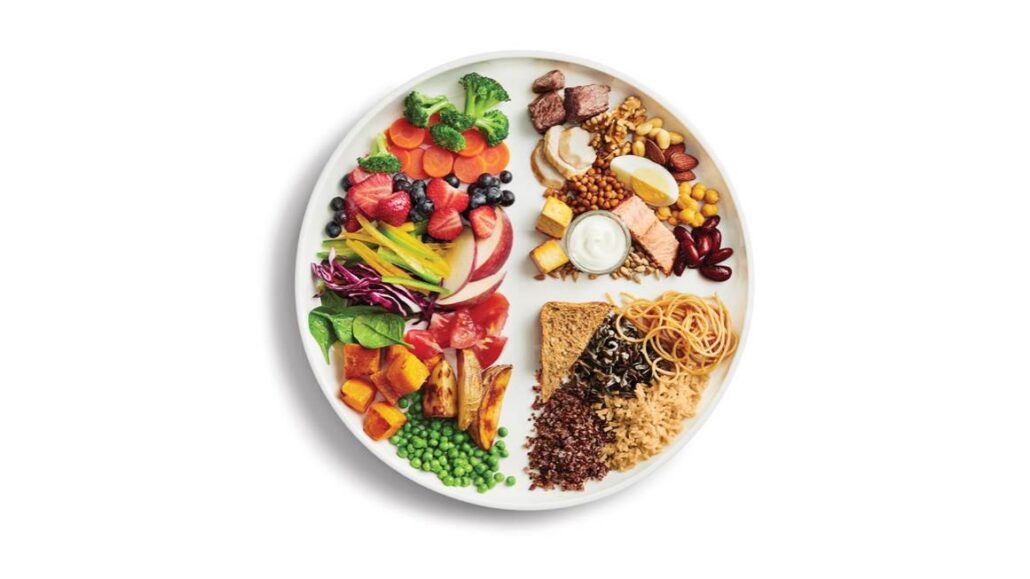
Let’s look into how we can do better with grains which make up of a quarter of the healthy eating plate. In modern day’s diet, our grains are usually loaded with white rice or white flour products such as noodles and white bread, which are generally called refined carbohydrates. Refined carbohydrates are LOW in fibre, protein, fat, as well as other nutrients, as a consequence of food processing. This makes them a high glycemic index food which is NOT suitable for people with Diabetes.
Click to view PennState video on Whole Grains
It is recommended to replace these refined carbohydrates with WHOLE GRAINS to increase your daily intake of fibre, protein, vitamins, minerals and fat. Refined grains are grains of which the germ and the bran have been removed, leaving only the endosperm for your body. Whole grains refer to grains that are complete with all three natural structures of a seed namely the germ, the bran, and the endosperm.
- The germ (‘baby’ of the plant), is rich in protein, fat, vitamins & phytochemicals
- The bran (the outer layer of the grain), is rich in fibre, Vitamin Bs and minerals
- The endosperm is the storage of carbohydrates, some proteins and vitamins for the germ
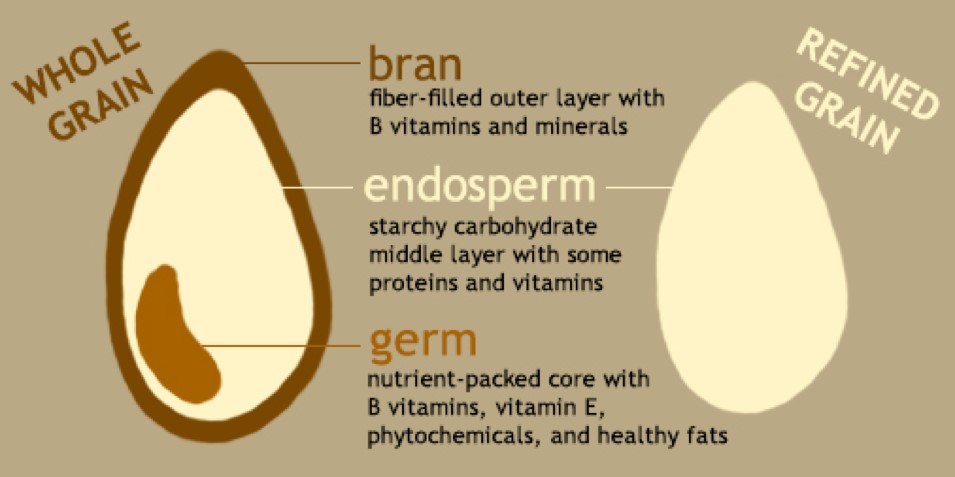
Photo source: Harvard University
Replacing refined carbohydrates with whole grains helps us to get one step closer to healthy eating. The whole grains which are recommended include millet, quinoa, and buckwheat because these small grains contain high amounts of protein, good fats, fibre, vitamins and minerals. Other recommended whole grains include brown rice, red rice or black rice, which are high in different types of antioxidants but less in their protein content compared to the smaller grains.
This eating strategy allows you to get more of your protein requirements from plant and depend less on animal protein. In this way, your diet becomes more healthy as well as being more environmental friendly.
Discuss with your Dietician / Nutritionist about Healthy Eating
Find and Book your nearest health professional below for Free!
Disclaimer. TELEME blog posts contains general information about health conditions and treatments. It is not intended to be a substitute for professional medical advice, diagnosis or treatment. The information is not advice and should not be treated as such.
If you think you may be suffering from any medical condition, you should seek immediate medical attention from your doctor or other professional healthcare providers. You should never delay seeking medical advice, disregard medical advice, or discontinue medical treatment because of information on this website.


